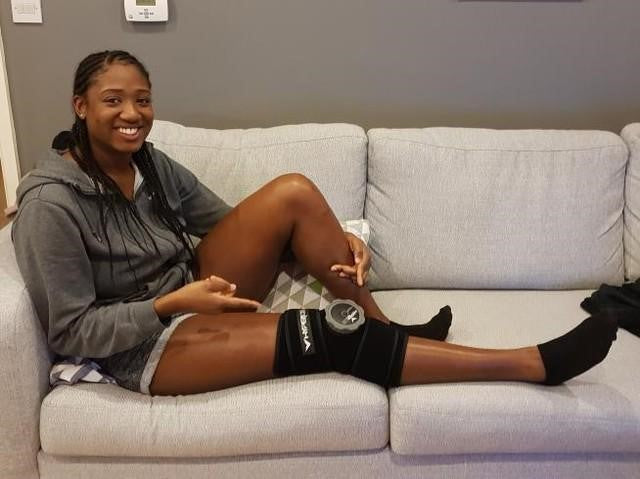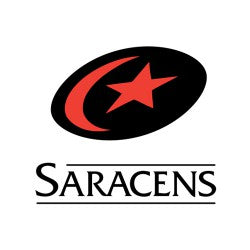Fitness recovery is a growing trend – but what exactly is it and how can you do it?

0 comments
Recovery isn't a new concept, of course – but thanks to the rise of high-intensity workouts, the term has become a lot more sophisticated than just taking a day to lie on the sofa and catch up on Netflix. There's now a growing trend for supercharging your rest days with dedicated gym classes, gadgets and techniques designed to help you recover better and faster.
We take a closer look at what it all means...
:: So why is recovery important?
"I always tell my clients that recovery is important to build into any exercise regime," says Jake Roston, a trainer from PureGym. "It's the time the body takes to adapt to the stresses of exercise, replenish energy stores and repair damaged muscle tissue.
Roston explains that when we workout, we make minute tears in our muscle tissue, which is how we get stronger. "During recovery, the body repairs these tears, making them more resilient to future exercise," he says. "Without recovery, though, you'd continue to rupture your muscle, which can eventually result in injury."
There are other negative effects to not recovering properly too. "If you're not employing proper recovery strategies, you may see sub-optimal results from your training and slower progress," says Elliott Upton, senior personal trainer at Ultimate Performance. "Lack of proper rest can also impact your immune system, your susceptibility to illness, your mood and your sleep too.
"It's important to remember that you do not adapt and grow during your workout, you adapt and grow when you recover," adds Upton, who explains that for many people who like to push themselves, the problem "is not over-training, it is actually under-recovering".
:: How much rest and recovery is required?
As a general rule of thumb, Roston says average muscle recovery normally takes between 24 and 48 hours.
"Many people can suffer from DOMS (delayed onset muscle soreness) for up to 48 hours after a hard workout," says Upton, especially if you're new to exercise, have had a long period off or are starting a new training cycle. If you're finding the soreness is lingering for four to five days after, though, he warns that you may be training with too much volume and intensity.
Rest and recovery doesn't just mean doing nothing, though. "Fitness recovery can take many forms, such as stretching, yoga, foam-rolling or even focusing on your post-workout nutrition," says Dave Mercer, a personal trainer at Nuffield Health.
Upton agrees that "nutrition is really key – and following a high-protein diet is important for anyone who trains hard. Protein's primary role in the body is growth and repair, and this can help to minimise muscle soreness after a workout," he adds.
Upton always recommends that his clients set up their diet to help combat inflammation, and advises avoiding foods that put the body in a pro-inflammatory state.
"In an inflamed state, it's not only the risk of injury that increases, but the time taken to recover too," he says. "Eating a diet rich in green vegetables and essential fats containing anti-inflammatory omega-3s, like oily fish, whilst limiting overly-processed foods is a good rule to follow when looking to reduce inflammation.
"Foods that are pro-inflammatory include refined sugar, alcohol, trans and hydrogenated fats, pro-inflammatory omega-6 fats like seed and vegetable oils."
He also recommends getting a few early nights too: "Sleep is the best free recovery and performance-enhancing tool in your arsenal. It's the body's way of recharging our batteries, recovering our energy and regenerating our cells."
The ideal bedtime routine? He suggests having an Epsom salt bath, avoiding screens for an hour before bed, sleeping in a silent and pitch-black room where possible, and turning off all electrical devices around you.
:: 'Active recovery' is also a thing
"Staying active, moving your body and using your muscles is important, even when you are recovering," says Upton, referring to 'active recovery'.
This essentially means undertaking low-intensity exercise between heavier workouts, which Upton says can help pain by promoting better blood-flow and nutrient delivery into areas that are sore.
"Types of active recovery that are low-impact and not overly taxing on your body can be things like a gentle walk, swim or bike ride, or even yoga. Massage or using a foam roller can help increase circulation and nutrient delivery while 'breaking down' tightly bound muscles," he adds.
Thanks to a rising demand for recovery solutions from gym-goers, studios are now scheduling dedicated classes that guide people through the process.
Recovery isn't just for the body though – rest days are important for mental health too.
Perform Better stock a wide variety of Recovery Products, check them out to maximise the impact of your workouts.
You can read more HERE from the Irish News.
For the latest on Perform Better, follow us on Facebook, Instagram or Twitter


































